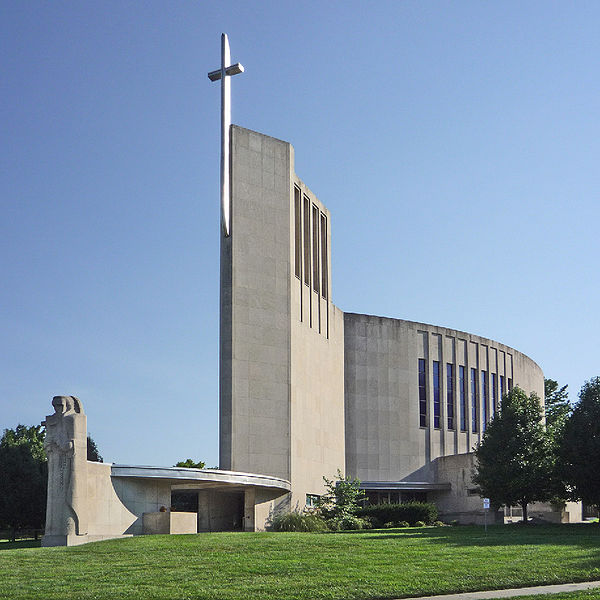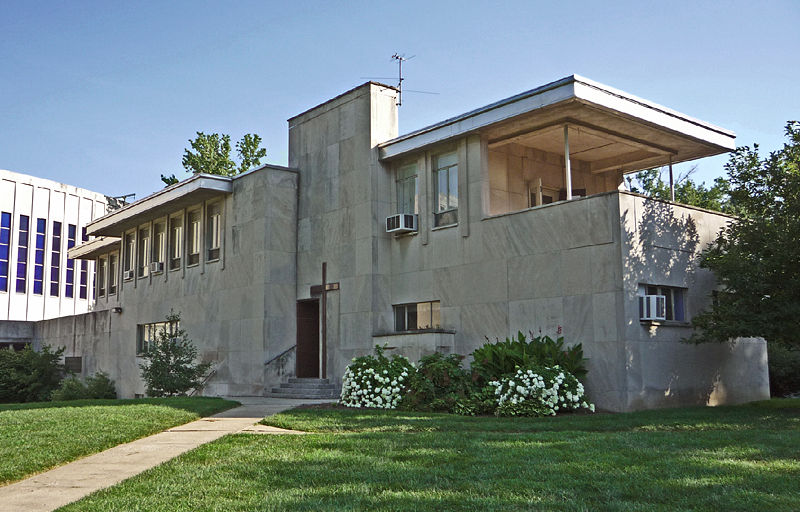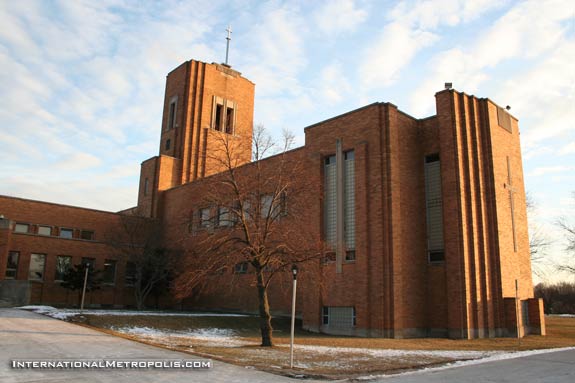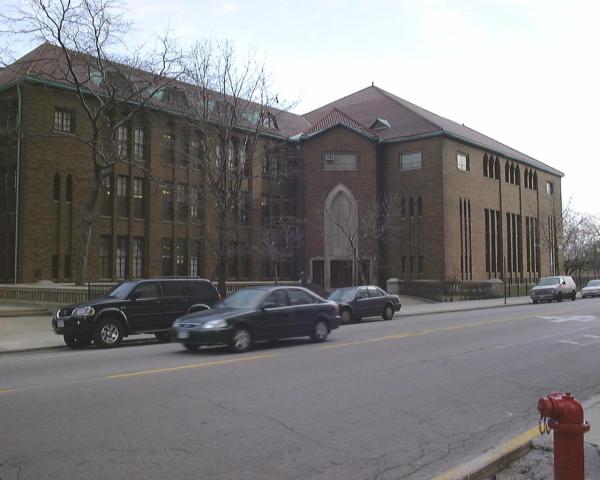<Back to Index>
- Physicist Albert Abraham Michelson, 1852
- Architect Francis Barry Byrne, 1883
- General Secretary of the Communist Party of the Soviet Union Leonid Ilyich Brezhnev, 1906
PAGE SPONSOR
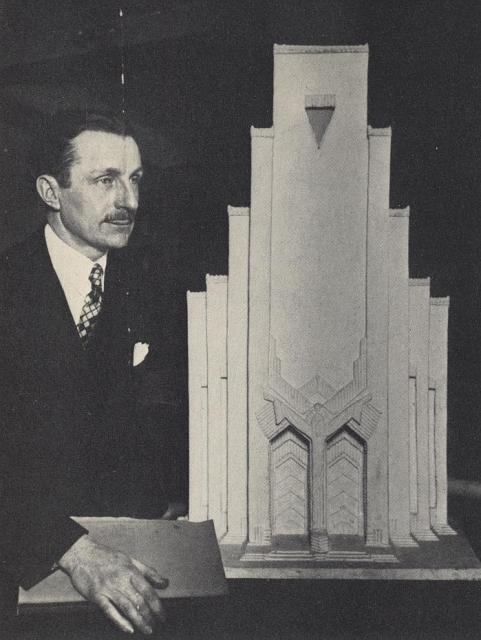

Francis Barry Byrne (19 December 1883 – 18 December 1967) was initially a member of the group of architects known as the Prairie School. After the demise of the Prairie School about 1914-16, Byrne continued as a successful architect by developing his own personal style.
Francis Barry Byrne was born and raised in Chicago. After seeing a Chicago Architectural Club exhibit in 1902, he sought employment with Frank Lloyd Wright and secured an apprentice position although he was untrained in architecture. As Wright’s son, John, relates: “William Drummond, Francis Barry Byrne, Walter Burley Griffin, Albert McArthur (Albert Chase McArthur), Marion Mahony, Isabel Roberts and George Willis were the draftsmen. Five men, two women. They wore flowing ties, and smocks suitable to the realm. The men wore their hair like Papa, all except Albert, he didn’t have enough hair. They worshiped Papa! Papa liked them! I know that each one of them was then making valuable contributions to the pioneering of the modern American architecture for which my father gets the full glory, headaches and recognition today!"
After working for Wright in his Oak Park, Illinois studio for several years, Byrne worked briefly at other Chicago firms. He moved to Seattle in winter 1908-9 to join Andrew Willatzen who had been a fellow employee at Wright's office. They formed the firm Willatzen & Byrne and, over the next several years, produced a series of residential designs in the Prairie School style.
After the Willatzen & Byrne partnership dissolved in 1913, Willatzen remained in Seattle but Byrne moved to southern California where he lived briefly with Wright's sons Lloyd Wright and John Lloyd Wright. In 1914, he returned to Chicago at first to manage, then take over the practice of Walter Burley Griffin who had moved to Australia to develop plans for its new capital city, Canberra.
By 1917, Byrne was practicing under his own name. He briefly served in World War I, then returned to Chicago. Byrne's style developed independently of Wright and the Prairie School as he moved toward greater simplification of form. Annette Cremin became Byrne's wife in 1926, and they had three children: Ann, Cathleen and Barry. As an artist, Annette influenced his work, drawing renderings of his architectural designs, and on occasion, contributing interior color patterns and decoration for his buildings and churches. During the depression when there was no demand for his services, she supported the family.
During the 1920s, some of Byrne's work contained elements of Expressionism. He became successful as a designer of ecclesiastical and educational buildings for the Roman Catholic Church, for whom he later created three of his most important works: Church of Christ the King in Turners Cross, Cork, Ireland (1931), Church of St. Francis Xavier in Kansas City, Missouri (1949), and St. Benedict's Abbey in Atchison, Kansas (1951-1957).
In
the 1930s, Byrne moved to New York, but after 1945 returned to Chicago.
Byrne partially retired about 1953, but continued to accept commissions
until his death. He died in December 1967 after being struck by an
automobile. He is buried in Calvary Cemetery, Evanston, Illinois.
